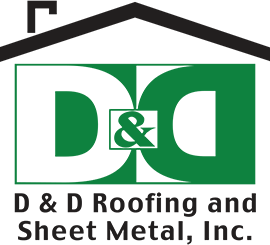Flat roofs are usually associated with commercial buildings, but they’re increasingly becoming a popular choice for residential roofing because of their versatility, cost efficiency, and modern look. Like most architectural structures, however, flat roofs have their advantages and disadvantages. So before you make the decision to install a flat roof, consider the positive and negative sides to having a roof with very little slope.
The pros of having a flat roof
There are many good reasons why you should choose a flat roof, including the following:
✓ Generally less expensive to construct
Flat roofs are usually less expensive than sloped roofs because they cover a smaller area. This translates to fewer roofing materials that need to be purchased and a faster completion time that keeps manpower costs down.
✓ Shorter construction period
Flat roofs have a drastically simpler style than pitched roofs, so they take less time to build. You can have a new roof in just several days, which is convenient for many reasons. For one, if the weather is terrible, you can have a roof installed quickly to protect you from the elements. If the construction poses a danger to your kids or pets, or if you don’t want loud construction noises to last for weeks, a shorter construction period will also benefit you.
✓ Bigger living area
You can convert your flat roof into a recreational space such as a rooftop deck or a small garden, giving you more house design options. And now that most people stay at home because of the pandemic, having more spaces to lounge or work in is definitely a plus.
✓ Modern and stylish look
Sloped roofs, especially those made of bulky materials, can look dated and unaesthetic. In contrast, flat roofs have clean angles and sleek lines that give them a minimalist, contemporary look. If you’re looking for a way to update the appearance of your home at an affordable price, consider installing a flat roof.
✓ Energy efficiency
Flat roofs can keep home utility costs more manageable by keeping your home cool. Because flat roofs don’t have an overhead space where air can stagnate, they can freely allow warm air to escape. On the other hand, pitched roofs can trap warm air and make it difficult for cool air to circulate. If you live in a hot region, a flat roof may be your best option.
The cons of having a flat roof
Flat roofs may have cost benefits and high aesthetic appeal, but they also have downsides, such as the following:
 More meticulous upkeep
More meticulous upkeepFlat roofs are easily accessible, so they are more prone to heavy foot traffic than their sloped counterparts. This can cause them to deteriorate quickly, especially if they are not well-maintained. With a flat roof, you may need more than the recommended biannual visits from your roof specialist, which translates to added costs.
 More expensive roof repairs
More expensive roof repairsSince sloped roofs are pretty common, there are various sloped roofing options in the market that can cater to every budget. Finding contractors who specialize in sloped roofs is also far easier than searching for flat roof experts. Given these, flat roof repairs can be more expensive, as you may have no choice but to purchase expensive materials and hire flat roof specialists at a premium rate.
 Drainage problems
Drainage problemsFlat roofs are not completely flat: they have a prescribed slope of between 1/4 to 1/2 inch per foot that helps them drain water. However, this minimal slope isn’t enough to effectively drain every drop of water, making flat roofs prone to ponding, or a situation where water forms a pool on the surface of the roof. Ponding can lead to the deterioration of roofing materials and to other roofing problems, such as leaking and damp walls.
 Less insulation
Less insulationThink twice before installing a flat roof if you live in an area affected by extreme temperature changes, as this kind of roof may not provide sufficient insulation. Unlike pitched roofs that can be stuffed and layered with insulation materials underneath, flat roofs have less space to hold insulation materials. Make sure to discuss this with your contractor before installing a flat roof: the last thing you want is to shiver from the winter cold because your roof can’t protect you from subzero temperatures.
 Shorter life span
Shorter life spanWhile sloped roofs usually last about 20 years before they need to be replaced, the life span of flat roofs is much shorter. This is because they usually experience heavy foot traffic and are weighed down by roof installations like solar panels and outdoor furniture. Should you choose a flat roof, be prepared to have it replaced every 10 years or so.
D&D Roofing and Sheet Metal, Inc., Inc. can expertly build your roof, whether it’s a flat roof or a sloped roof. With over 40 years of experience, our excellent workmanship and varied experience in both residential and commercial roofing make us one of Nevada’s top roofing contractors. Check out our portfolio or send us a message for a FREE roofing assessment.


